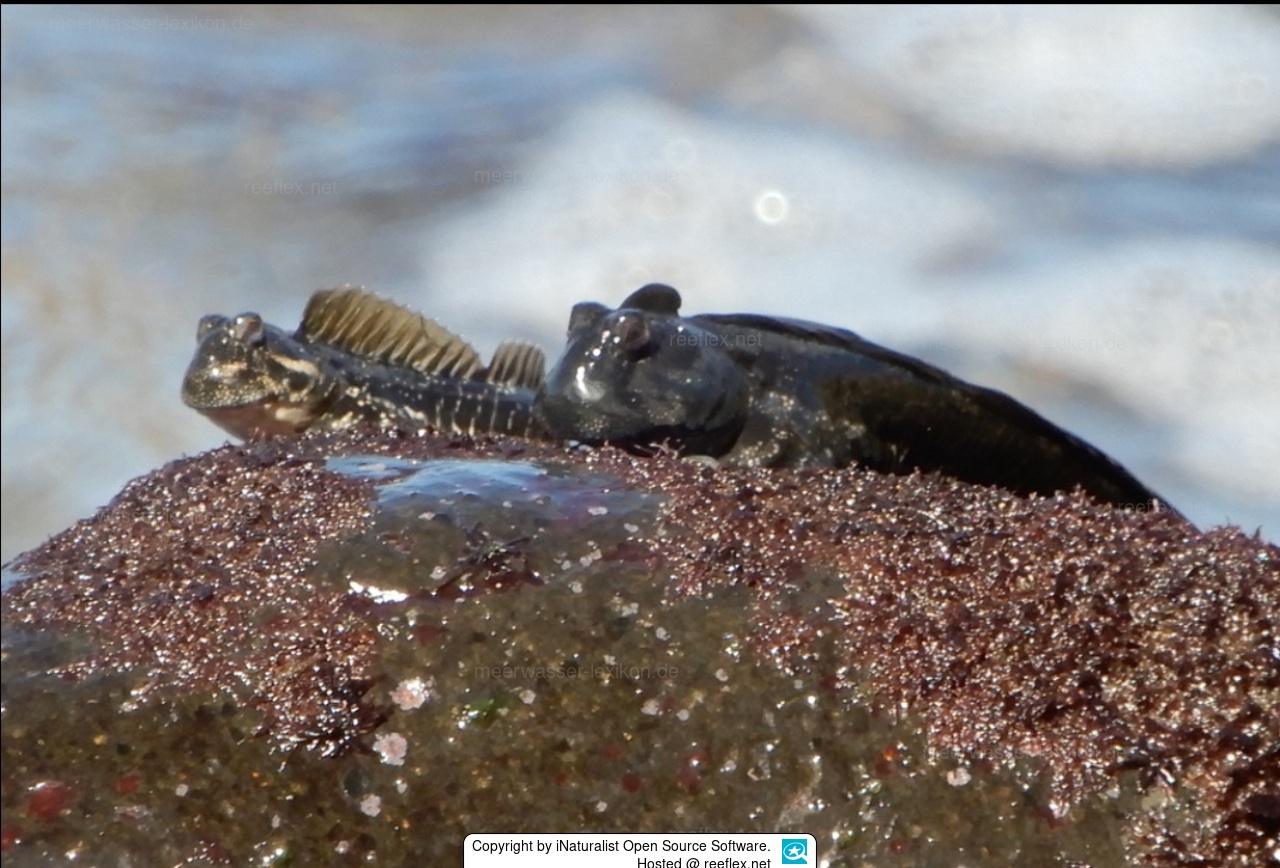Info
Alticus simplicirrus is found in the tidal zone of exposed rocky coasts, often outside the water and at depths of up to about 2 meters.
What makes it special is that this blenny actively moves back and forth between rock pools and is able to breathe air outside the water.
However, anyone who wants to see the rock jumper live will have to undertake a long journey, as Alticus simplicirrus lives exclusively (endemic) in the Pacific waters around some of the islands belonging to French Polynesia, such as the Marquesas Islands.
Visitors to the islands have already tried to catch the blenny with their hands for fun, but this is a futile endeavor as the fish can move surprisingly quickly.
The blenny is herbivorous and feeds mainly on algae, although the occasional invertebrate may end up in the rockhopper's stomach.
Etymology: the species name “simplicirrus” comes from Latin and means “simple cirrus,” referring to the simple nature of the orbital cirri.
What makes it special is that this blenny actively moves back and forth between rock pools and is able to breathe air outside the water.
However, anyone who wants to see the rock jumper live will have to undertake a long journey, as Alticus simplicirrus lives exclusively (endemic) in the Pacific waters around some of the islands belonging to French Polynesia, such as the Marquesas Islands.
Visitors to the islands have already tried to catch the blenny with their hands for fun, but this is a futile endeavor as the fish can move surprisingly quickly.
The blenny is herbivorous and feeds mainly on algae, although the occasional invertebrate may end up in the rockhopper's stomach.
Etymology: the species name “simplicirrus” comes from Latin and means “simple cirrus,” referring to the simple nature of the orbital cirri.







 iNaturalist Open Source Software
iNaturalist Open Source Software




